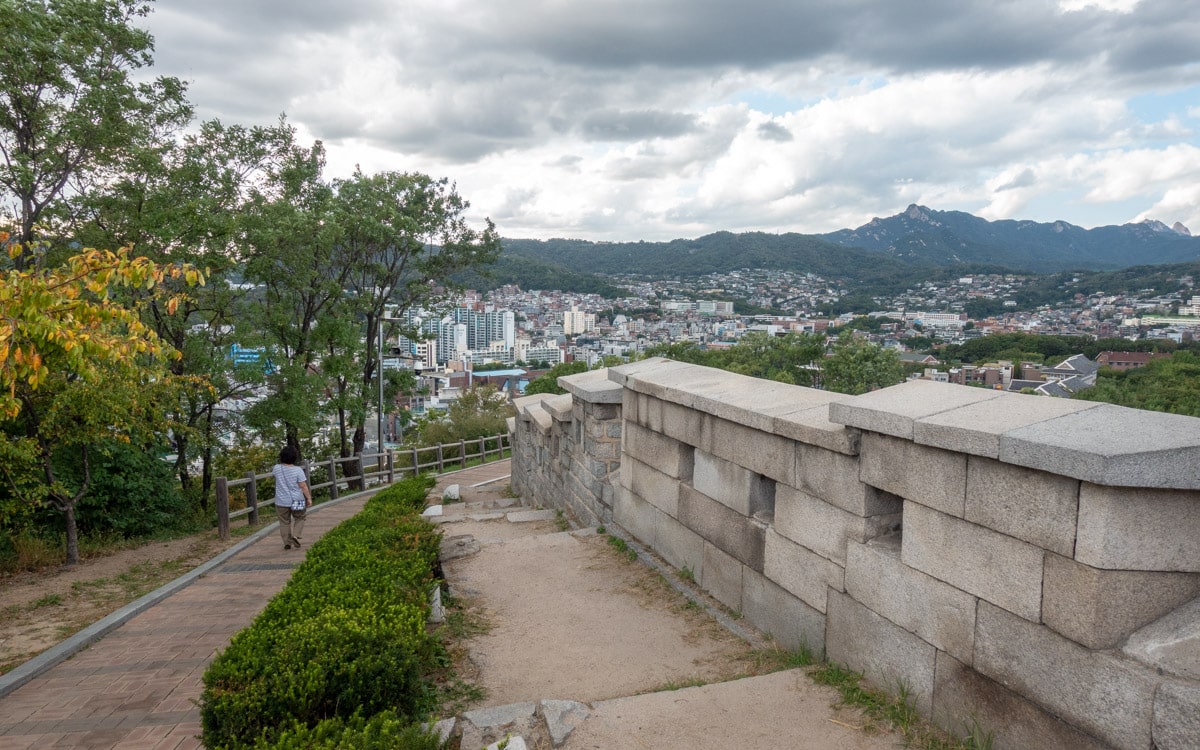
Stunning views of Seoul can be seen from Naksan Park, set high above Daehangno on Mt. Naksan. A portion of the old fortress wall runs through the park. Naksan Park is sometimes called Nakta Park. The name of the park is a reference to its hump like appearance as “nakta” is the Korean word for camel. “San” means mountain.
Naksan, though only 100 meters (328 feet) in elevation, was designated a guardian mountain of the city during the Joseon Dynasty. Other guardian mountains were Bugaksan, Namsan, and Inwangsan.
Despite its modest scale, with a height of just over 100 meters, Naksan was one of the four guardian mountains, along with Bugaksan, Namsan, Inwangsan, of the capital of the Joseon Dynasty.
Yangban, members of the royal family, would visit this area often as they enjoyed the beauty and nature of the granite mountain, the wonderful views below, and the sunsets.
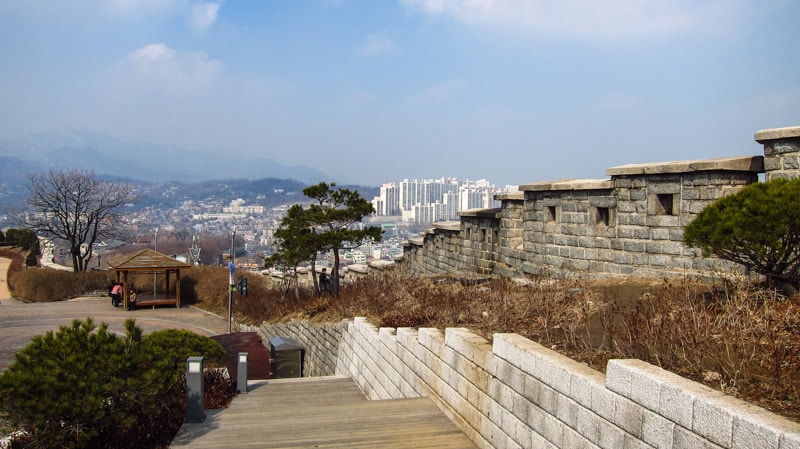
The Seoul Fortress Wall (Seoul Seonggwak) was also built during the Joseon Dynasty for protection against invaders and enemies. The wall now passes through the park as it stretches for 2 kilometers (1.24 miles) from Hyehwamun Gate (Honghwamun Gate) to Heunginjimun Gate (Dongdaemun Gate). The hike downhill towards Hyehwamun is well know by photographers and hikers for the views.
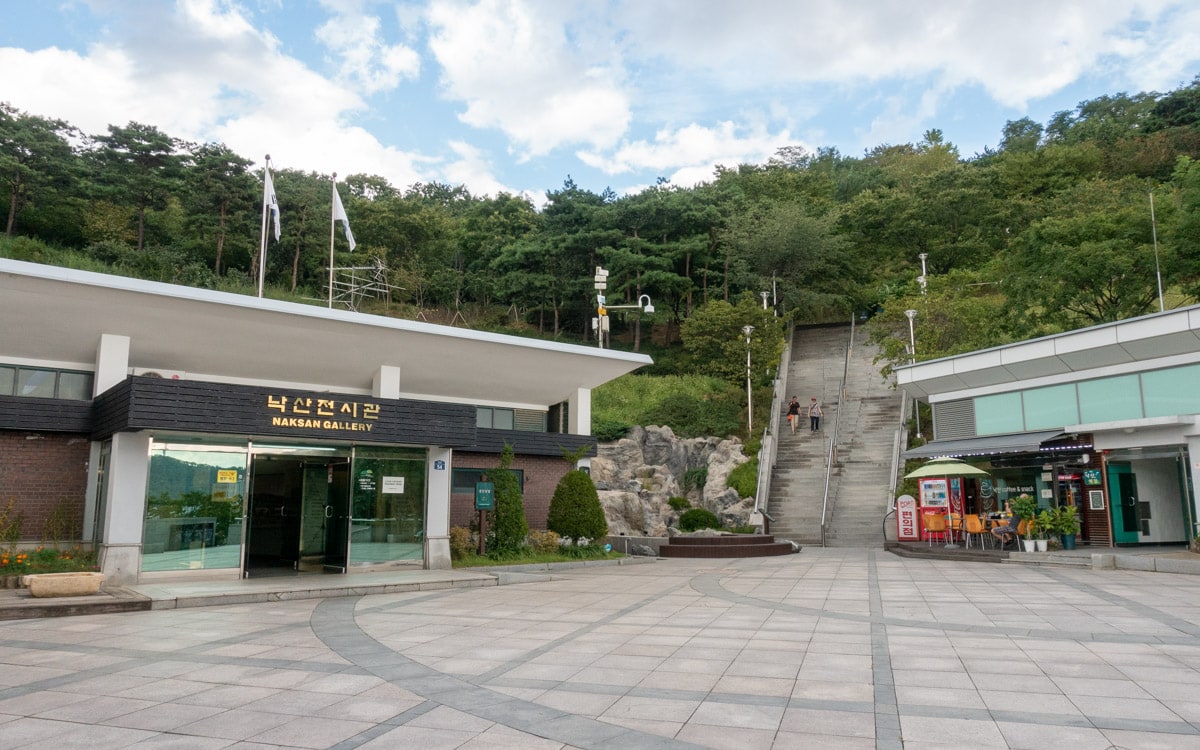
During the Japanese occupation of Korea, much of the land was built upon leading to the demolition of the natural beauty of the area.
In order to preserve the green spaces and natural beauty of the land and granite mountain, the area was designated a park on June 10, 2002.
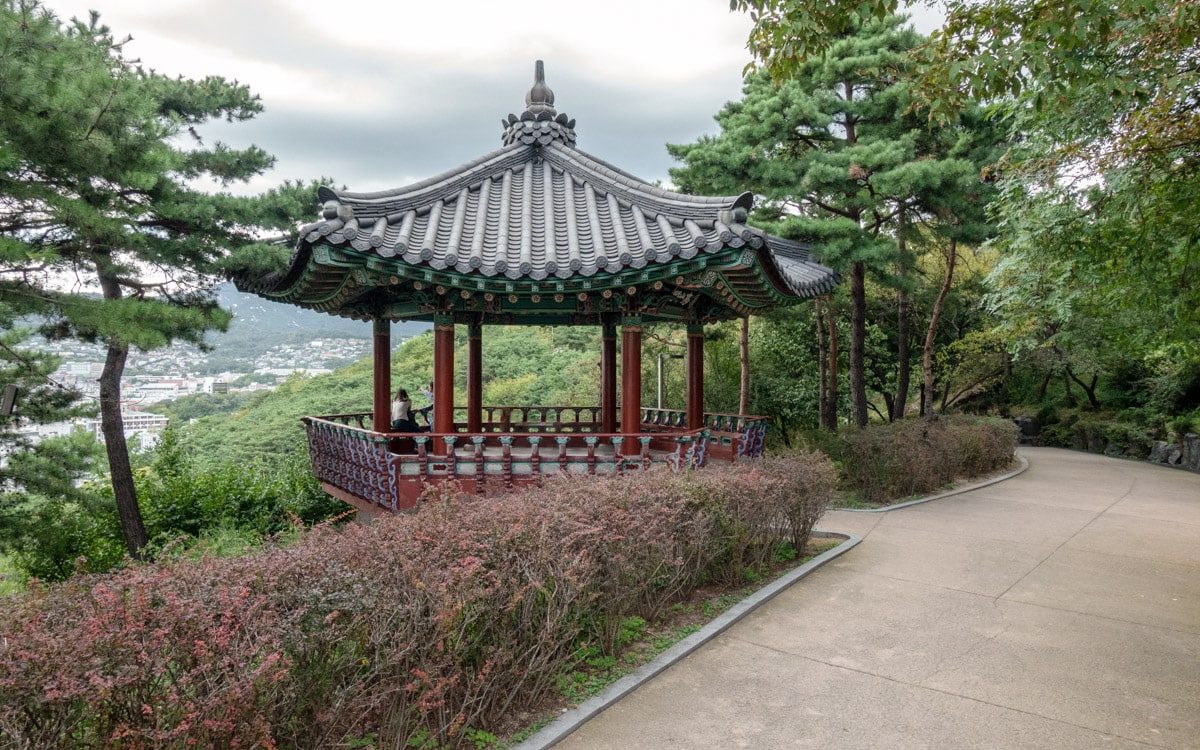
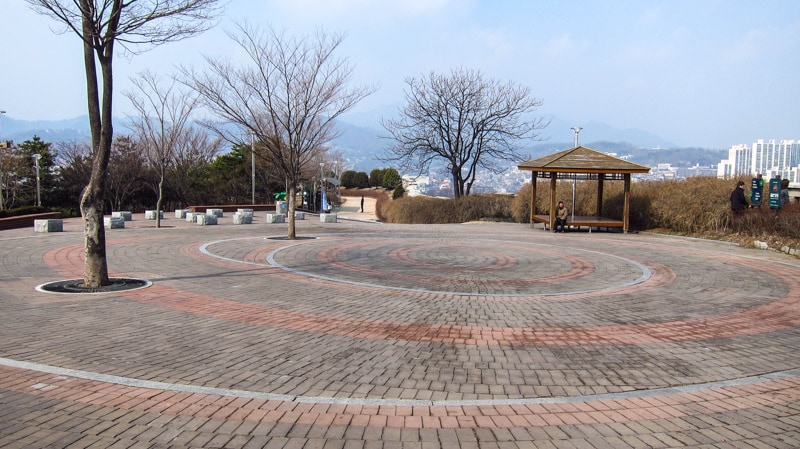
Today, Naksan Park features multiple facilities including an exhibition hall, a pavilion, a center for seniors, basketball courts, badminton courts, and many squares that offer wonderful views of the area below.
Reaching the park requires a moderate hike uphill from Hyehwa Station in Daehangno for about 450 meters.
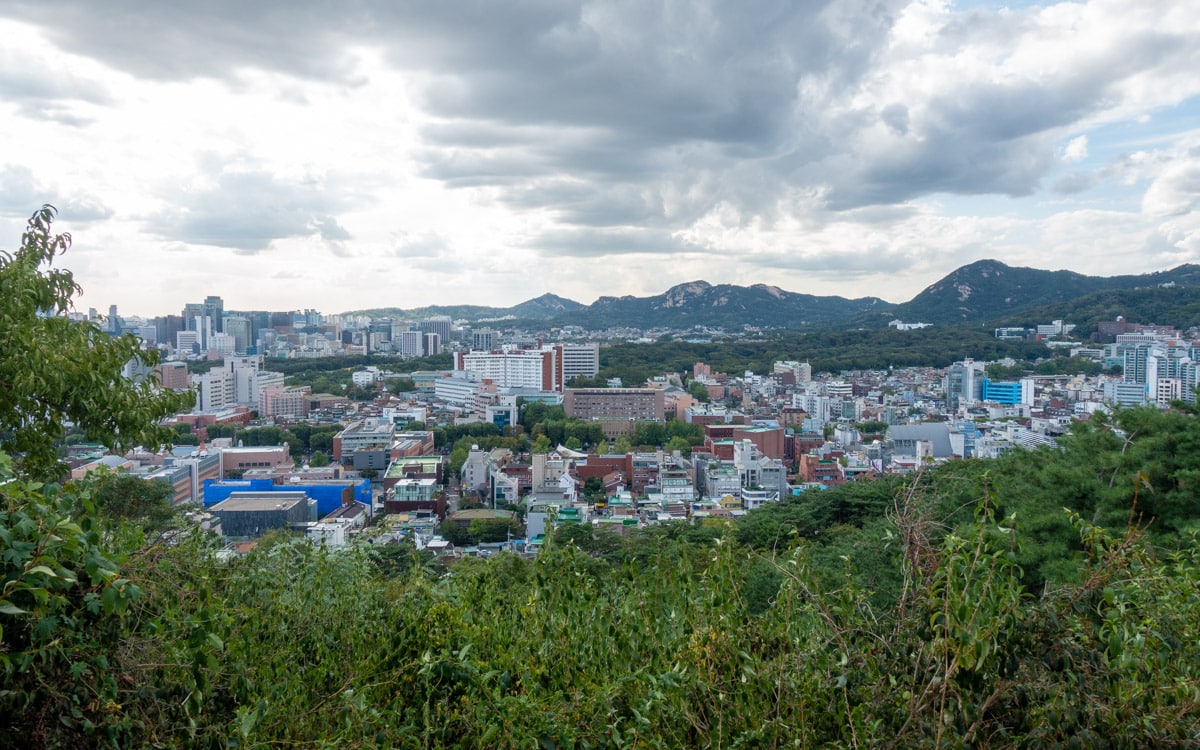
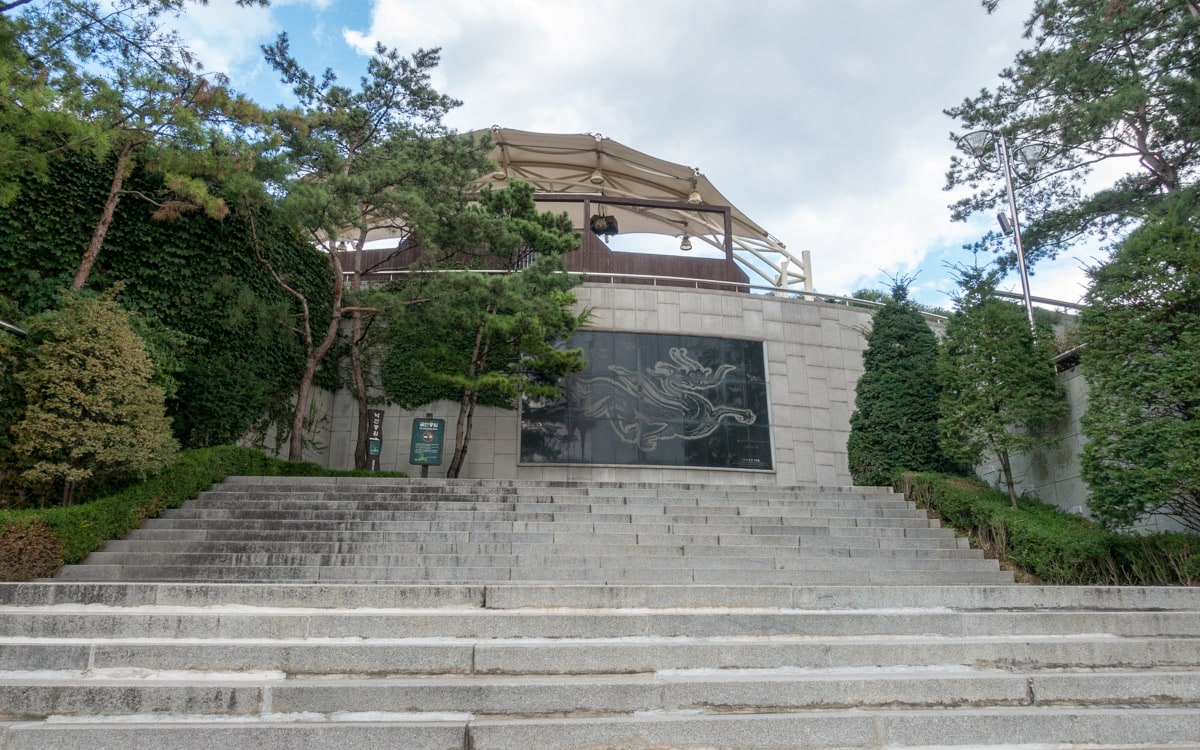
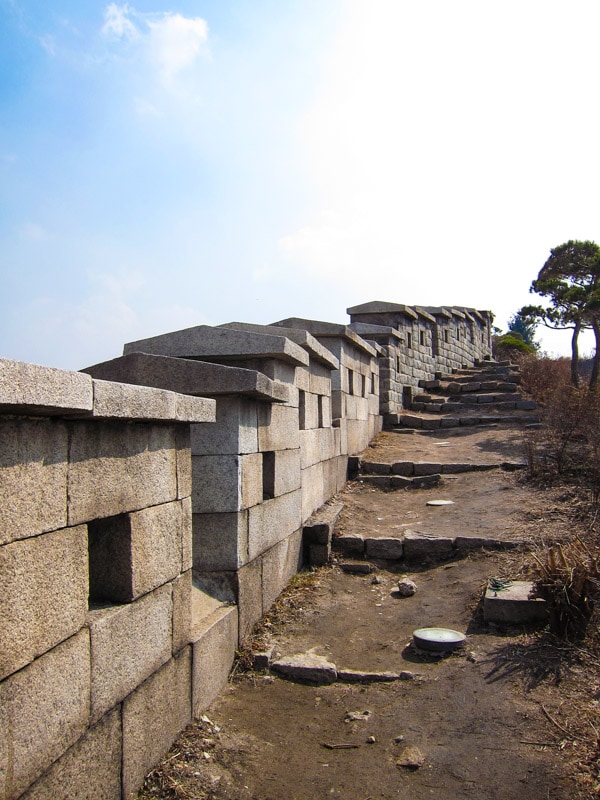
Naksan Park Information
Hours
The park is open 24 hours.
Naksan Exhibition hall is open from 09:00-17:00.
Admission
Free
Address
41 Naksan-gil, Jongno-gu, Seoul, South Korea
GPS Coordinates: 37.580783, 127.008350
How to Get Here
Take Subway Line 4 to Hyehwa (Exit 2).
Walk 70 meters and make the first left where there is the sculpture for Marronnier Park.
Continue on Daehak-ro 8ga-gil for 180 meters until it dead ends and make a right.
Continue for 50 meters and make at the second left on to Guldari-gil.
Continue uphill for 200 meters to reach the park on the left.
Naksan Park Video
Map
Additional Resources
Viator by TripAdvisor
Viator is a popular online platform that helps travelers book tours, activities, and unique experiences worldwide, including in Seoul. It connects users with a wide selection of options – from sightseeing tours to cultural events and outdoor adventures – all offered by local providers.
Klook
Klook offers discounted tickets and reservations for various attractions and services in Seoul, from theme parks and museums to tours and transportation options.
Rakuten
Save money while exploring Seoul with Rakuten's cashback program. Book your hotels or other services through Rakuten and enjoy cashback rewards and exclusive deals.
If you sign up using the link below, you could earn $30 cashback on your first purchase over $30.
Book Recommendations
For an immersive guide to Seoul, many travelers choose to bring a book along. Fodor's Seoul, for example, offers detailed recommendations on sights, restaurants, maps, and travel tips.
Nearby Sights
Lock Museum
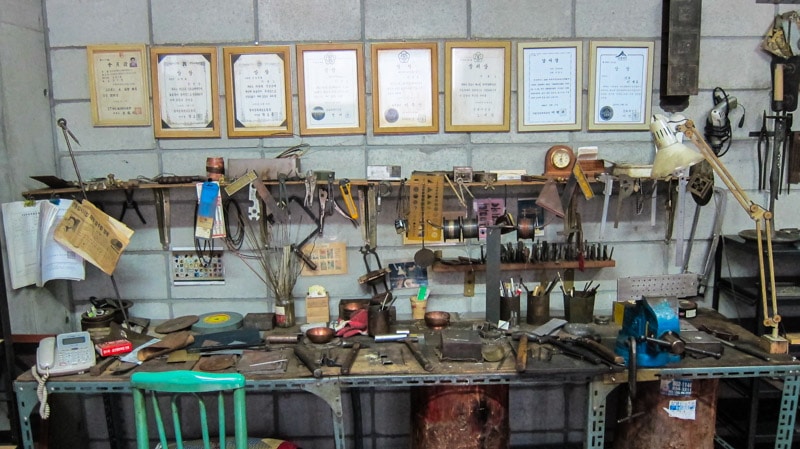
The Lock Museum displays antique locks, keys, and furniture from Korea and all over the world and conserves this disappearing art for future generations. The museum, which features over 4,000 different types of locks, is located in the district of Daehangno (College Street) near Daehak-ro southeast of Hyehwa Station. The museum was opened in a beautiful modern building in November 2003 by Choi Hong-gyu.
Marronnier Park
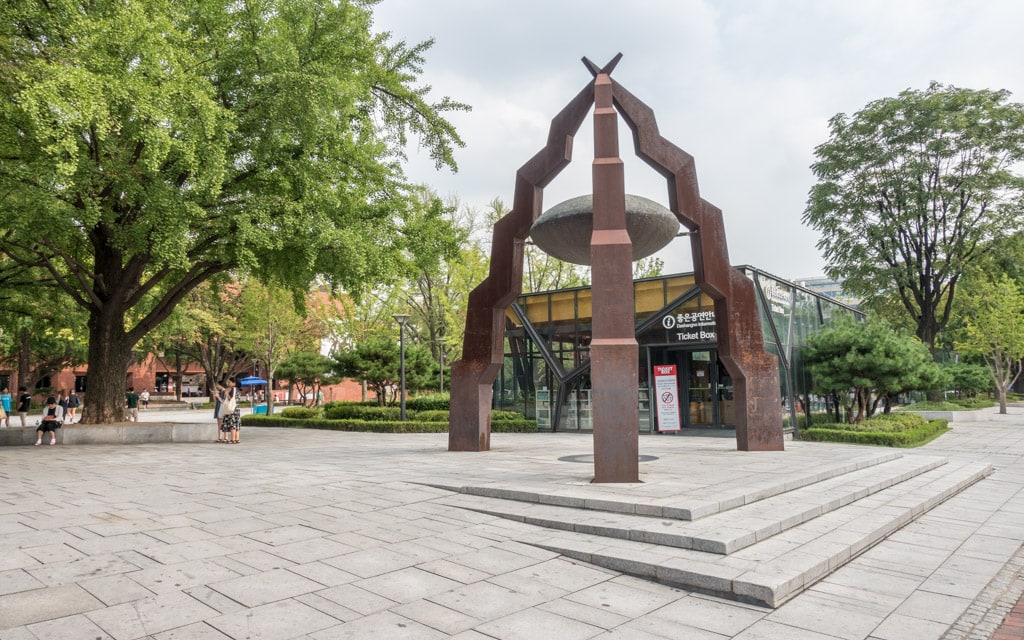
Marronnier Park is a park located in the Daehangno district of Seoul named after the large marronnier (chestnut tree) growing in the center of the park. The Marronnier tree originates from Italy and France in the Mediterranean where in the spring, red and white flowers can be seen blooming. The district of Daehangno, also known as College Street, is a popular place for cultural events, exhibitions, and musical performances.
Daehangno (College Street)
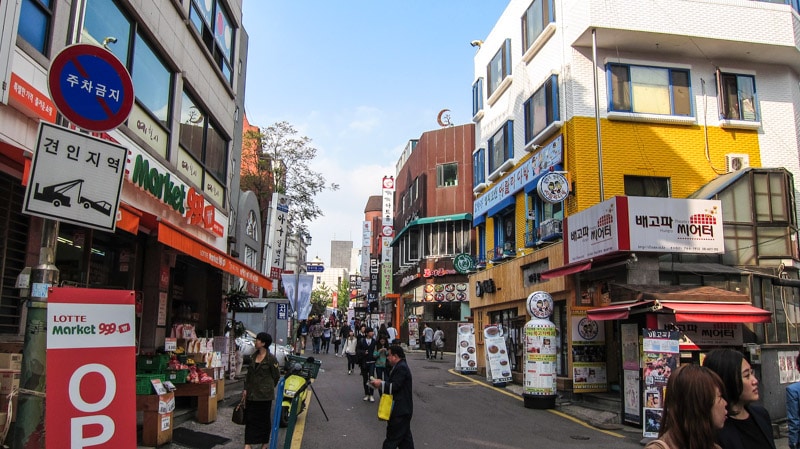
Daehangno, also known as College or University Street, is a popular youth culture area that is lined with small theaters. Seoul National University was once located here. This lively and youthful area is a great place to catch a show, have a nice dinner, or just wander around. Prior to 1985, this area was known as Sunggyobang, meaning "high respect for teaching."
Daehangno Philippine Market
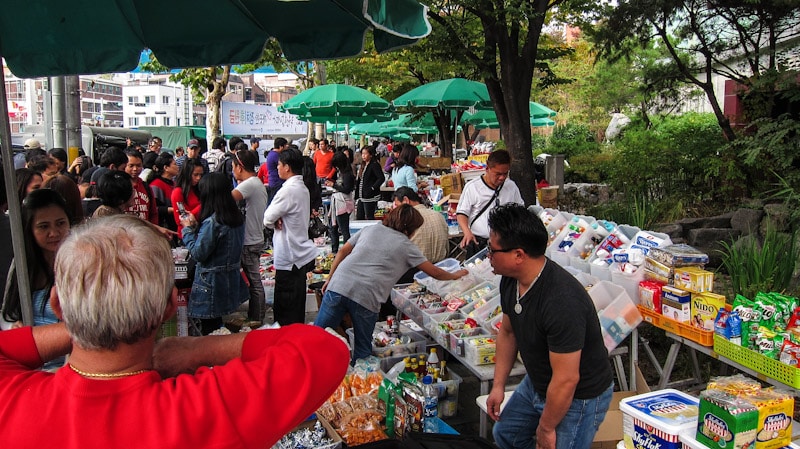
Daehangno Philippine Market is a unique Sunday street market in Hyehwa-dong that sells groceries, food, snacks, and other products from the Philippines. If you are looking for hard to find products of the Philippines, then this is your one stop spot in all of Seoul. There is nothing else like it in the city.
Daehan Hospital
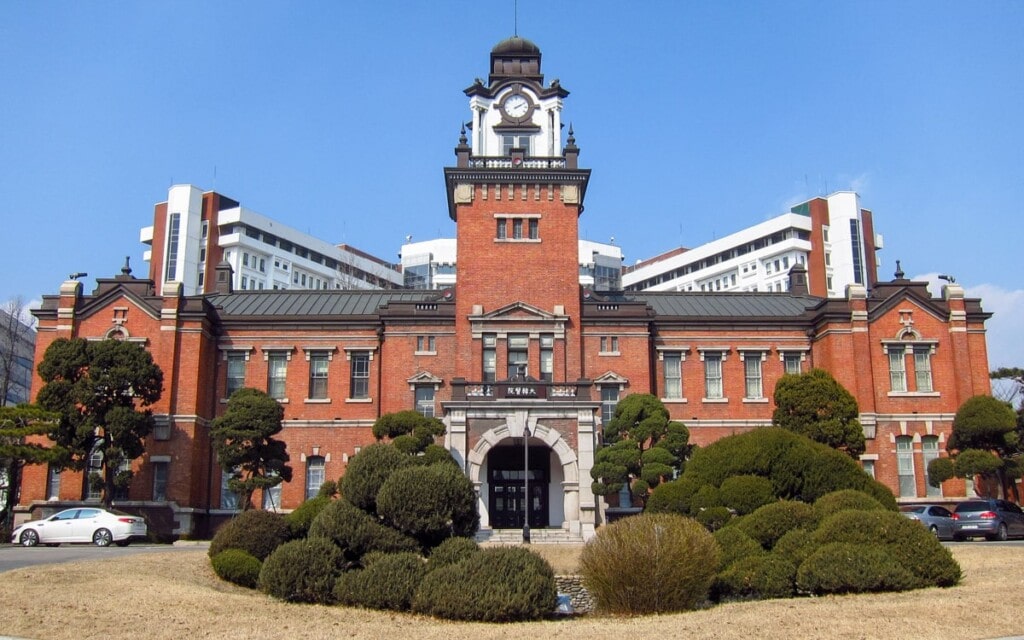
This red brick building was once the main building of Daehan Hospital, the leading medical and hygiene institution during the Great Han Empire (1897-1910). The building is now located on the grounds of the Seoul National University Hospital. In August 1906, construction on Daehan Hospital began on the site of Hamchunwon, the former outer garden of Changgyeonggung Palace.
Hyehwamun Gate (Honghwamun Gate)
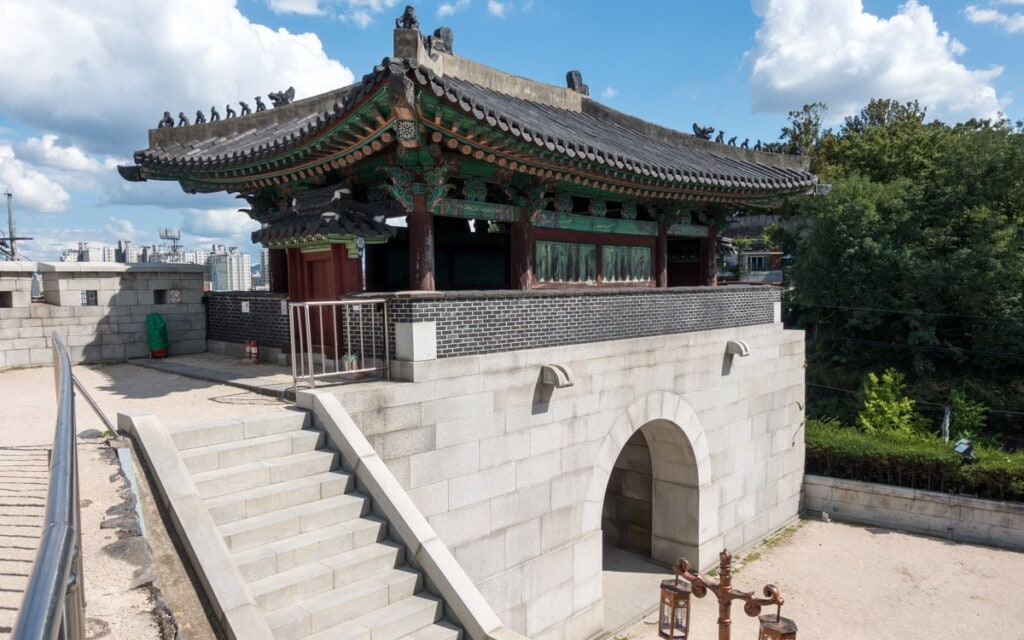
Hyehwamun Gate (Honghwamun Gate) is one four small gates found on the Fortress Wall that surrounds the city of Seoul. Hyehwamun literally means "Distribution of Wisdom Gate." When originally built during the reign of King Taejo in 1396, it was known as Honghwamun. In 1511, it was renamed to Hyehwamun because of a naming conflict with a similarly named gate built in 1483 at Changgyeonggung Palace.
Last Updated on Mar 14, 2025